11 Ways to Make Your Classroom a Safe Haven for Children Exposed to Trauma
August 1, 2017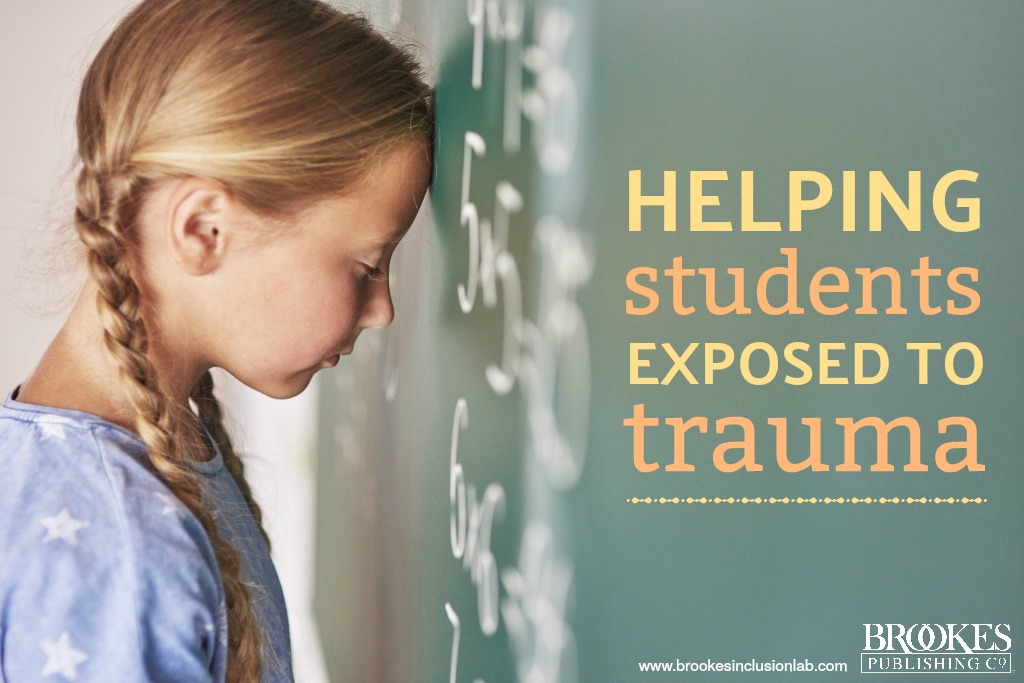
For children with a history of trauma, including exposure to violence and tragic world events, the aftereffects of the past can be a significant obstacle to learning. From generalized distrust to fear of changes in their daily schedule, the emotional issues connected with past trauma can hinder a student’s ability to engage positively with teachers, develop strong relationships with peers, and keep their minds focused on academics.
So how do you, as an educator in an inclusive classroom, reach and teach children who have experienced trauma? In today’s post, adapted from Susan Craig’s Reaching and Teaching Children Who Hurt, you’ll find some helpful strategies for creating meaningful relationships with traumatized children and making your classroom a safe haven for them.
Provide consistency. Children with a history of trauma need as much consistency as possible in order to learn effectively. Put a consistent schedule in place, use the same rituals to begin and end your classroom activities, and come up with consistent language to use when you refer to activities and give directions.
 Avoid surprises. All learners should have a heads-up about any changes to the daily routine, but these advance warnings can be especially important to children exposed to trauma. Even something you consider a “positive surprise,” like a fun assembly, can send children into a panic if they fear different environments with unfamiliar rules and expectations. Sidestep surprises and prepare children for changes ahead of time by role-playing what might happen and talking with them candidly about their concerns, fears, and questions.
Avoid surprises. All learners should have a heads-up about any changes to the daily routine, but these advance warnings can be especially important to children exposed to trauma. Even something you consider a “positive surprise,” like a fun assembly, can send children into a panic if they fear different environments with unfamiliar rules and expectations. Sidestep surprises and prepare children for changes ahead of time by role-playing what might happen and talking with them candidly about their concerns, fears, and questions.
Lighten their load. You’ll have learners in your classroom who, because of their family situation, aren’t able to play the role of “child” at home. Explain to your students that school is a safe place to leave grownup cares and responsibilities at the door and explore new ideas and opportunities. You might even institute a metaphorical “load lightening” at the start of each school day: have children take off an imaginary backpack holding their worries and responsibilities and park it in a designated “worry lot” until the end of the day.
 Help students support each other. What classroom routines can you create to teach children how to support and take care of each other? One idea is a buddy system in which students can ask for help or support from a list of children who have volunteered to be buddies. You might also try creating a “Today I Need…” chart that children can sign in on each morning and communicate their immediate needs. Making students aware of each other’s feelings and needs will help build a sense of community and mutual support.
Help students support each other. What classroom routines can you create to teach children how to support and take care of each other? One idea is a buddy system in which students can ask for help or support from a list of children who have volunteered to be buddies. You might also try creating a “Today I Need…” chart that children can sign in on each morning and communicate their immediate needs. Making students aware of each other’s feelings and needs will help build a sense of community and mutual support.
Activate team-building. Partner up with your school’s phys ed teacher to devise physical activities that strengthen student connections. Obstacle courses, relay races, and other team-building exercises can give learners an important positive physical experience and build stronger bonds among students. After the activities, talk to your class about how it felt to work together and rely on each another to stay safe. (For guidance on making phys ed inclusive, see this book.)
 Model relationship repair. Children who have experienced violence and trauma at home need to see that mistakes in relationships can be corrected and don’t always involve high stakes or danger. Model “relationship repair” by letting your students see you correct misunderstandings. You might say to a paraprofessional, “Ms. Rodriguez, you looked kind of disappointed this morning when I came in and didn’t notice the lovely art supplies you brought in for the children. I’m so sorry! My mind was on getting the science projects set up! Thanks so much for being so thoughtful.” Seeing relationship issues resolved in positive ways can be reassuring to all learners, especially those who may not see this kind of modeling at home.
Model relationship repair. Children who have experienced violence and trauma at home need to see that mistakes in relationships can be corrected and don’t always involve high stakes or danger. Model “relationship repair” by letting your students see you correct misunderstandings. You might say to a paraprofessional, “Ms. Rodriguez, you looked kind of disappointed this morning when I came in and didn’t notice the lovely art supplies you brought in for the children. I’m so sorry! My mind was on getting the science projects set up! Thanks so much for being so thoughtful.” Seeing relationship issues resolved in positive ways can be reassuring to all learners, especially those who may not see this kind of modeling at home.
Help them feel in control. Sometimes, students can benefit from using a cognitive “brake” that helps them pause, assess their feelings, and decide how to act. Teach them to use a strategy like SOLD:
Stop what you’re doing
Observe how you’re feeling
Look at whether how you’re feeling matches what is going on in the environment
Decide how you will behave
Showing students how to use their brains to monitor their physical reactions is empowering and can help them feel safer and more in control.
Ask about their needs. Make a habit of asking your students what they need to complete an activity or assignment, and provide any tools or supports they’re missing. If you know a specific activity or time of day is especially challenging to one of your students, make sure you give her the support she needs to feel safe and complete the activity successfully. That way, your student will know you’re on her side, and power struggles will be less likely to develop.
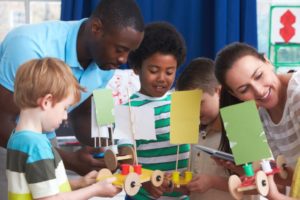 Celebrate their skills. Give your learners lots of opportunities to see themselves as important, competent contributors to your classroom community. Try designating a “Competent and Strong” bulletin board where you display pictures of your students exercising their skills and talents: taking care of the classroom pet, assisting a peer, presenting a science project, completing a beautiful painting. Rotate the photos and/or keep adding more to give all students a chance to shine.
Celebrate their skills. Give your learners lots of opportunities to see themselves as important, competent contributors to your classroom community. Try designating a “Competent and Strong” bulletin board where you display pictures of your students exercising their skills and talents: taking care of the classroom pet, assisting a peer, presenting a science project, completing a beautiful painting. Rotate the photos and/or keep adding more to give all students a chance to shine.
Be warm, but don’t demand attachment. It’s great to build a warm relationship with students—use their names frequently in conversation, and let them know at least once a day how happy you are to be their teacher. But be careful not to demand emotional attachment from children in return, or expect them to reciprocate your warmth. Your job is to help students learn to love and comfort themselves, so mirror for them what you want them to see in themselves.
Teach the art of reflection. Model for children how to reflect on emotional experiences, both their own and those of others. Teach them how to describe their emotions using art, music, or words. You might consider asking students to write, record, or draw how they’re feeling at different points of the day; this helps them recognize how their feelings change and what activities make them happy, sad, fearful, frustrated, etc.
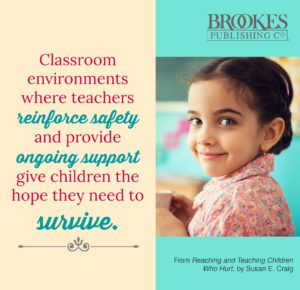 As author Susan Craig says, “classroom environments where teachers reinforce safety and provide ongoing support give children the hope they need to survive.” Use these suggestions as starting points to make your classroom a safe place for all learners—and if you have a suggestion of your own, share it in the comments below!
As author Susan Craig says, “classroom environments where teachers reinforce safety and provide ongoing support give children the hope they need to survive.” Use these suggestions as starting points to make your classroom a safe place for all learners—and if you have a suggestion of your own, share it in the comments below!
EXPLORE THE BOOK
For dozens of other simple, practical ideas for creating supportive classrooms and schools that meet the complex learning needs of children exposed to trauma, pick up Reaching and Teaching Children Who Hurt. Learn more about it and read the book reviews!
LEARN MORE

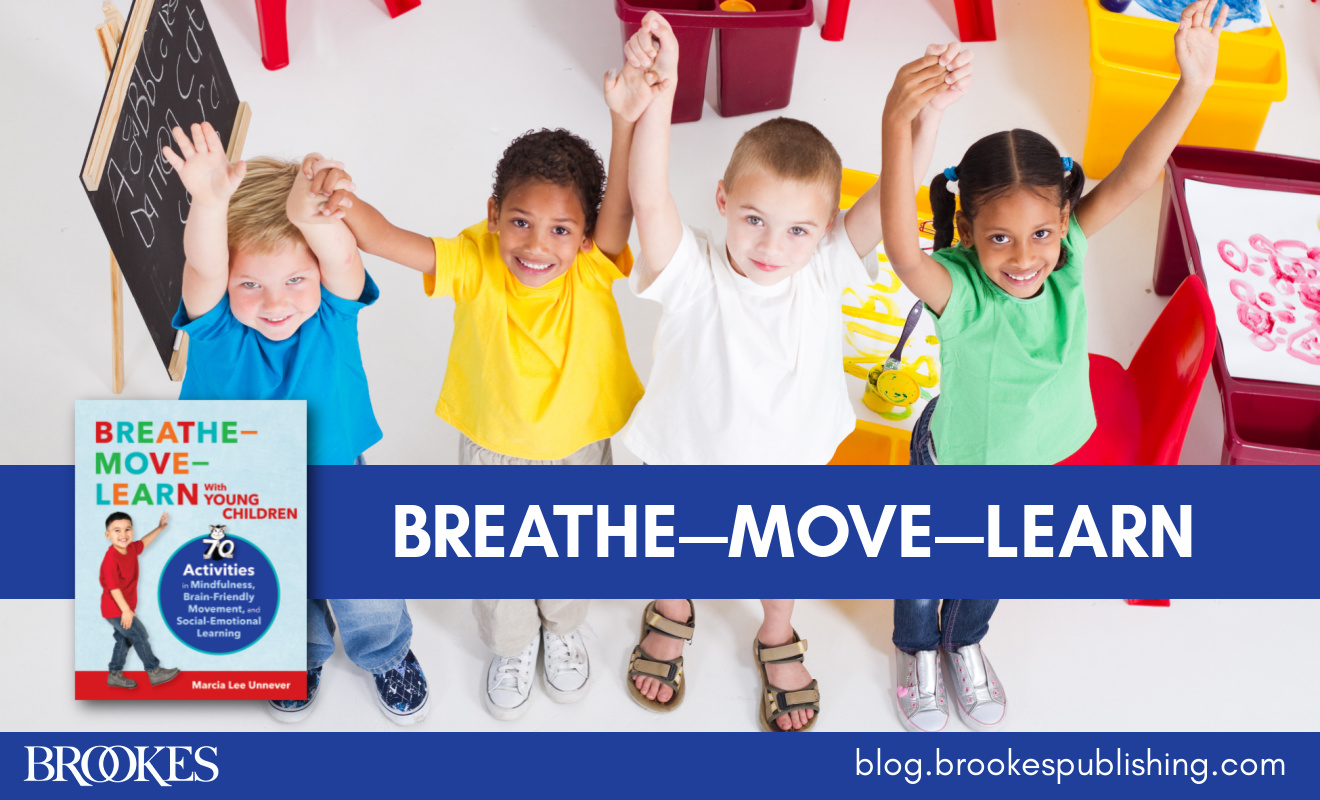
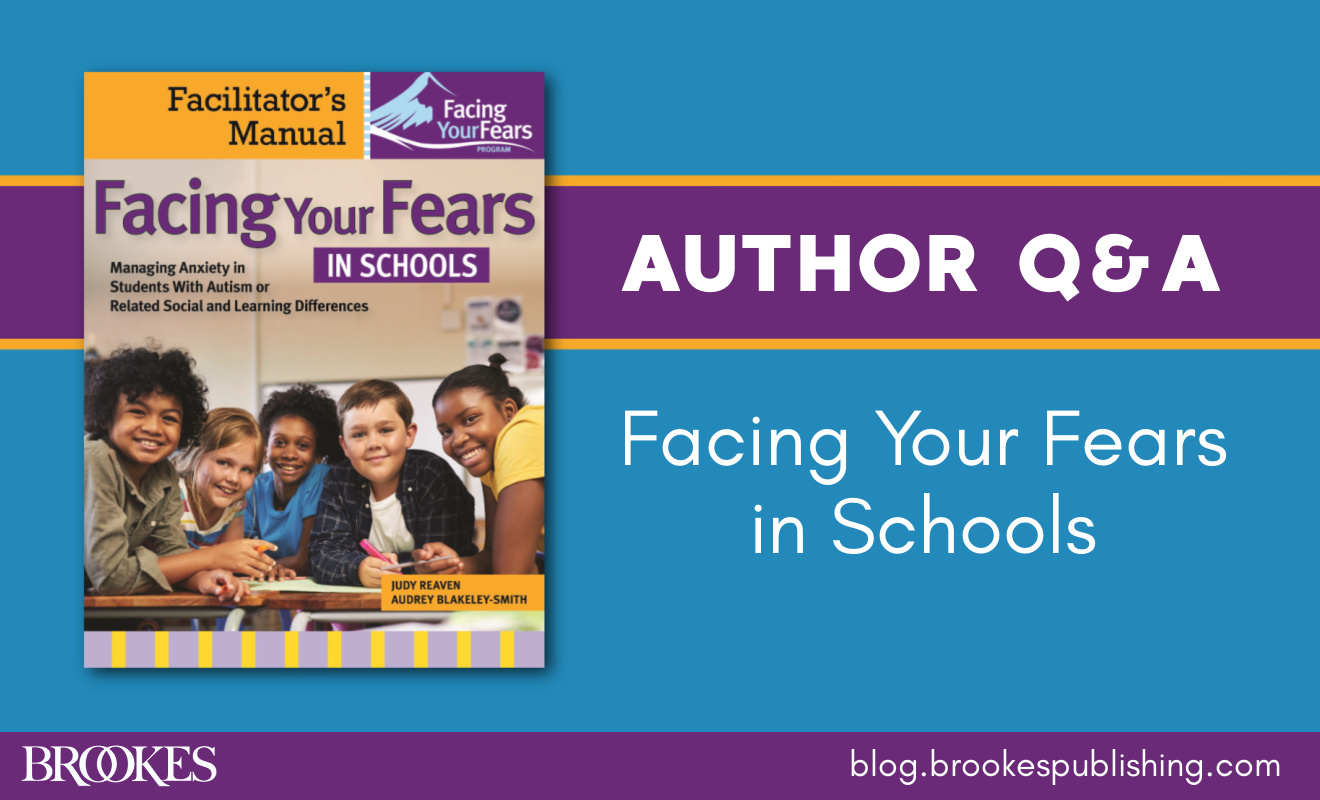
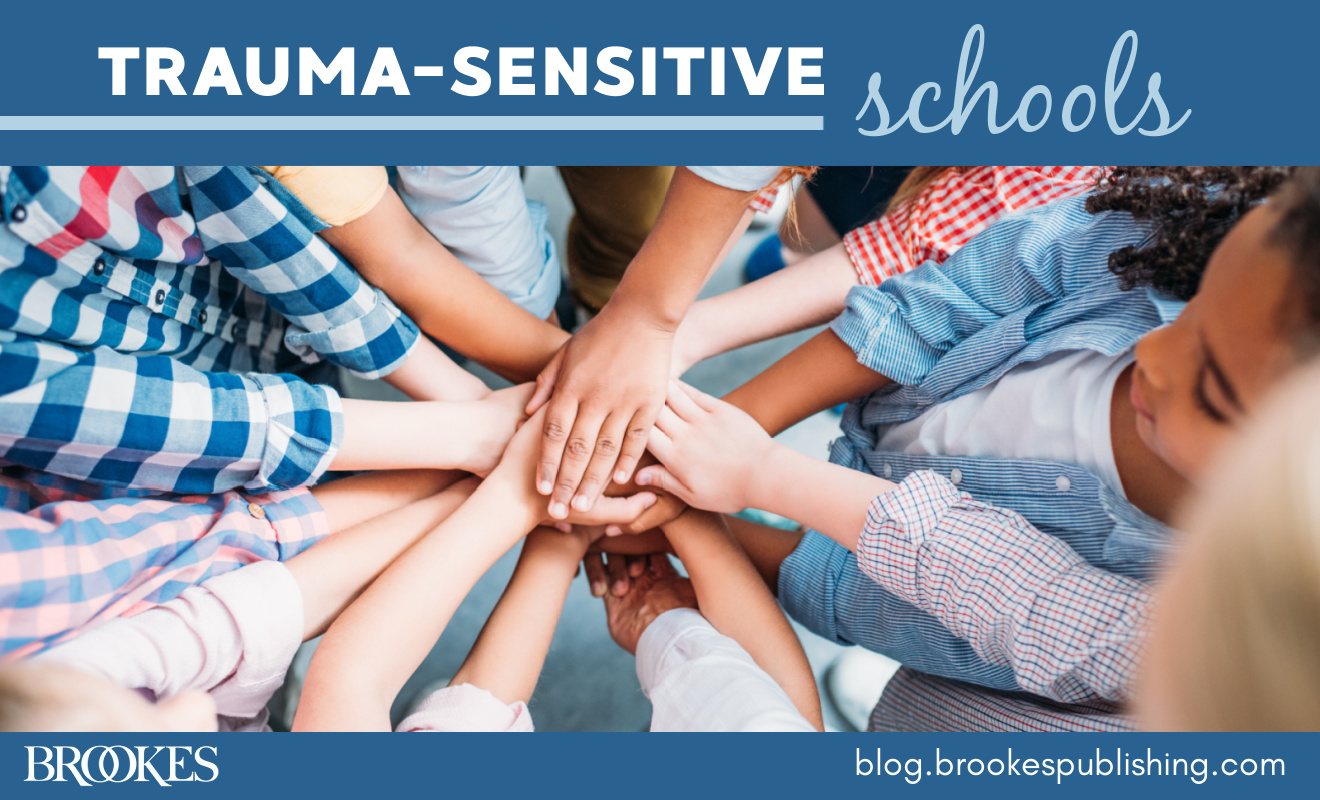
Write a Comment
Your email address will not be published. Required fields are marked *
Post a Comment